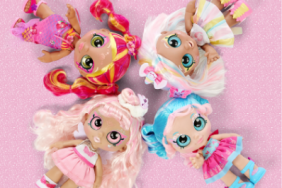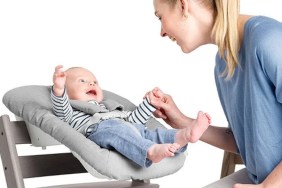1. Cleanup on aisle 5
When your water breaks, it can be embarrassing—especially if it happens in a crowd. Imagine that you’re just cruising along the grocery aisles with your cart half-loaded when suddenly there’s a flood: your water breaks, soaking you and leaving a spreading pool at your feet. It happens when it happens, and can take place anywhere from home to the hospital…







